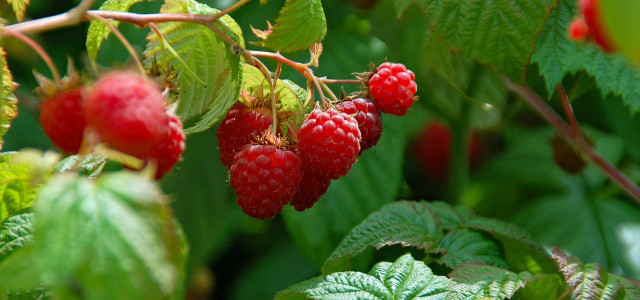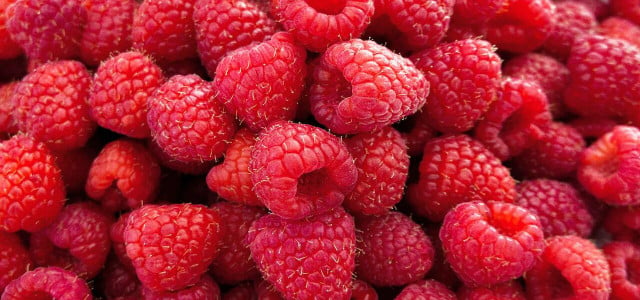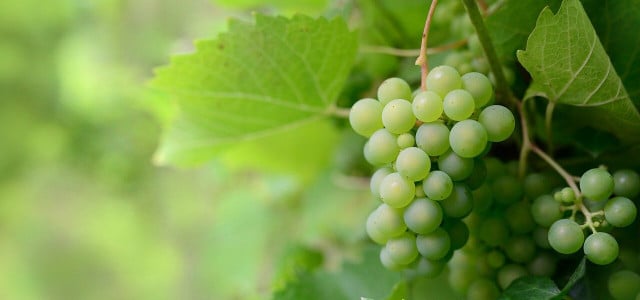You’d be surprised at all the tasty fruit you can grow yourself or find in the wild. Check out these native fruits of North America to look for this summer.
You’ve probably heard of the recent push to buy local as well as native products. Native plants are those that occur naturally in an environment without human intervention. Unlike introduced species, they are adapted to the climate, landscape, and wildlife of their native range. In contrast, invasive species provide little benefit to native wildlife, have no natural predators, and can spread unchecked to displace native species. Native gardening for wildlife remedies this problem by providing food and shelter to native wildlife.
The native fruits of North America have the double benefit of providing food for both pollinators (when blooming) and people (when fruiting). Commercial varieties can help support local farmers, but many of these fruits can also be found in the wild or grown in your own backyard. Below are 14 native fruits you can enjoy from all across North America.
1. Brambles
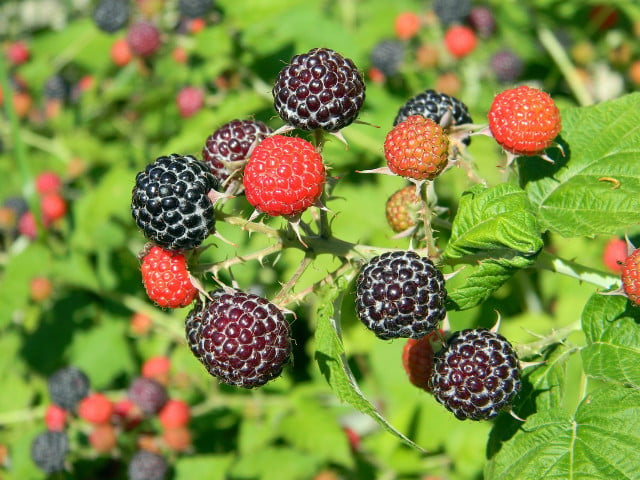


(Foto: CC0 / Pixabay / AKuptsova)
From coast to coast, brambles such as raspberries, blackberries, salmonberries, dewberries, and cloudberries are common native fruits of North America. Because they grow easily in disturbed soils, you can find them along forests, hedges, roadsides, parks, or trails. These berries are often eaten fresh, baked into desserts, or cooked into jam. Brambles are also among the easiest native fruits to grow at home and can begin producing berries after only a year of planting.
2. Blueberries
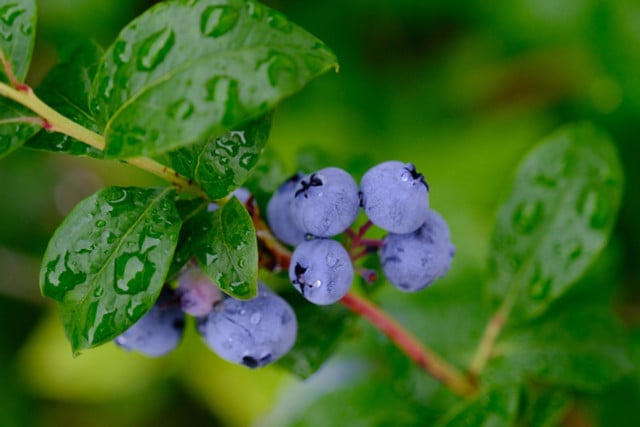


(Foto: CC0 / Pixabay / NIL-Foto)
A summertime staple, blueberries are native to eastern North America, where they grow wildly in areas of acidic soil, such as pine forests. Like their cultivated neighbors, wild blueberries can be enjoyed fresh or used in desserts, preserves, sauces, smoothies, or in baked goods like blueberry zucchini bread.
3. Cranberries
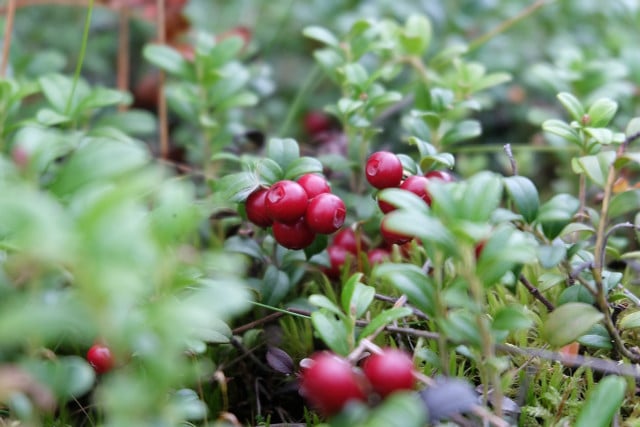


(Foto: CC0 / Pixabay / LuidmilaKot)
Native to northern and alpine regions of North America, cranberries grow on low-lying shrubs and are famously cultivated in acidic, flooded bogs. Though they can be eaten fresh, cranberries are more often dried, prepared as sauce, mixed into cocktails, or used in desserts.
4. Native Fruits of North America: Juneberries
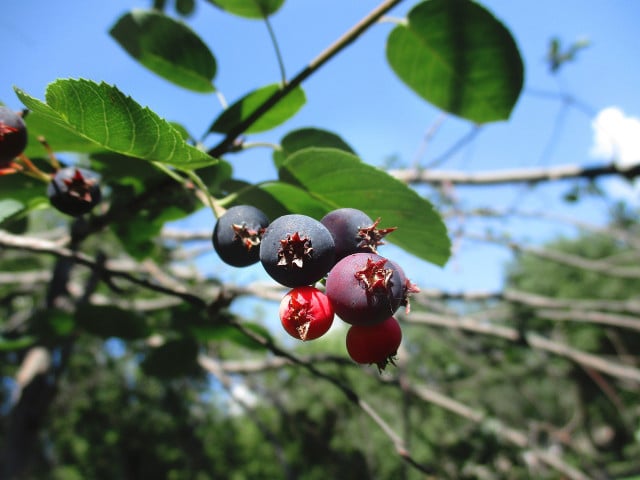


(Foto: CC0 / Pixabay / 8499117)
Also known as serviceberries or Saskatoon berries, juneberries are short shrubby trees popular as ornamentals for their spring flowers and bright yellow autumn foliage. Growing all across North America, juneberries ripen in early summer and have a fresh taste similar to blueberries. Enjoy juneberries fresh off the branch, baked into desserts, or cooked into preserves
5. Aronia Berries



(Foto: CC0 / Pixabay / GoranH)
Also known as chokeberries, aronia are shrubby trees that grow wild or ornamentally in eastern North America. Aronia berries have a tart, earthy flavor (similar to dry red wine) that lends itself to jams, baked goods, juices, or even savory dishes. Though not widely cultivated in the USA, aronia berries are often considered superfoods and can be found in health food stores as juices, powders, supplements, or dried berries.
6. Persimmons



(Foto: CC0 / Pixabay / JamesDeMers)
American persimmons are native to the Southeast and are typically harvested in autumn or winter, when at peak sweetness. Unlike their more commercial Asiatic relatives, American persimmons are more tart and are often made into puddings, preserves, or desserts. Another interesting variety is the Texas persimmon, which is a black grape-sized berry native to Texas and Mexico. These are sweet when ripe and can be eaten fresh or cooked into preserves or desserts.
7. Native Fruits of North America: Crabapples
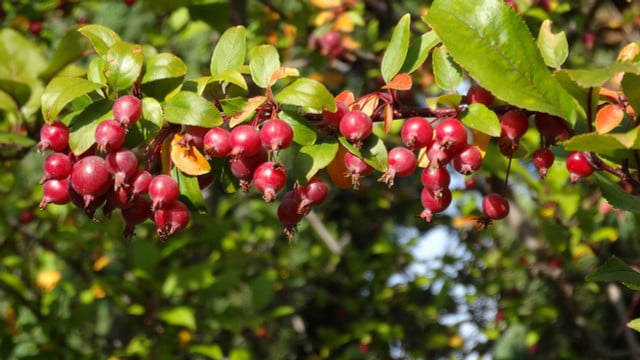


(Foto: CC0 / Pixabay / billslife2012)
Unlike larger domesticated apples, several different species of crabapples are native to North America. Crabapples are popular ornamental plants for their flowers and can be found in landscaping as well as in the wild. Raw crabapples are astringent with thin flesh, so they are often cooked into crabapple jelly or jam.
8. Grapes
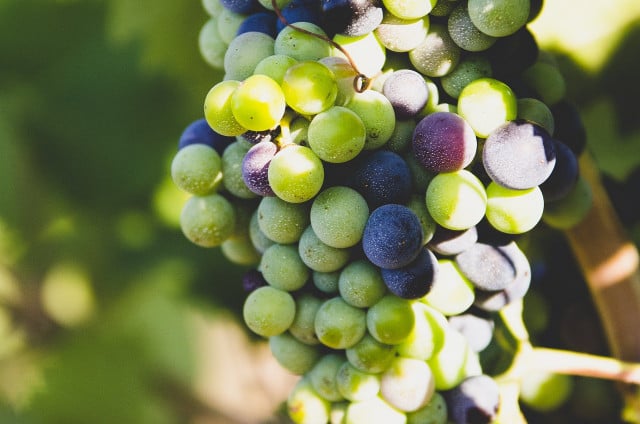


(Foto: CC0 / Pixabay / Foundry)
While most commercial grape varieties are Eurasian in origin, there are also several lesser-known varieties native to North America, growing primarily in the eastern USA. These include Concord grapes, muscadines, scuppernongs, and wild grapes. American grapes typically have a thicker skin and deeper “grape juice” flavor than Eurasian varieties and are often made into wines, juices, and preserves.
9. Black Cherries and Chokecherries
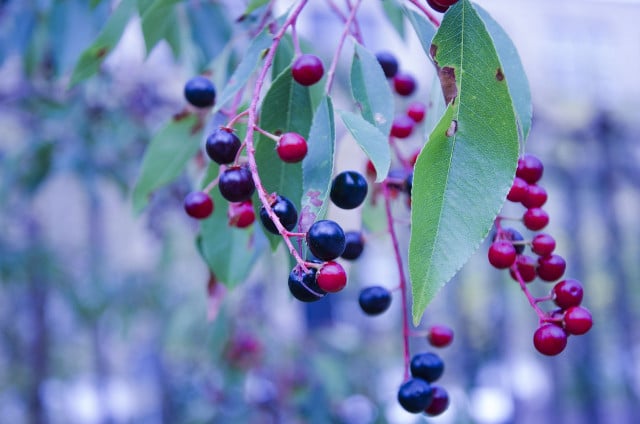


(Foto: CC0 / Pixabay / Tatiana6)
Black cherries and chokecherries are commonly found in the eastern part of the country as ornamental and wild trees. Unlike their widely cultivated relatives from Eurasia, these native cherries are small and tart, typically growing in grape-like clusters. They can be processed to remove their inedible pits and made into juices, jams, or desserts.
10. Pawpaws
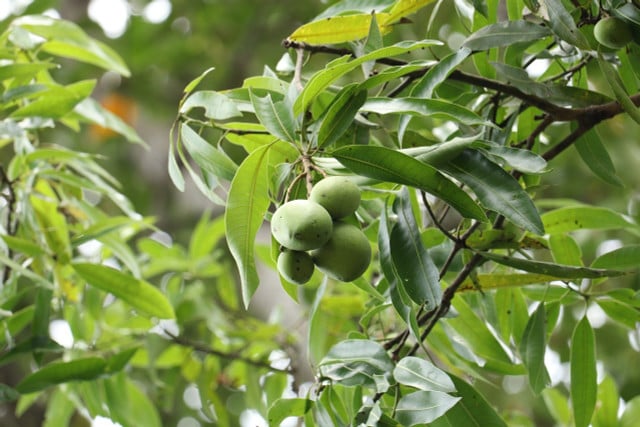


(Foto: CC0 / Pixabay / ElenzaPhotograhy)
Despite their tropical appearance, pawpaws are native to the Eastern and Midwestern United States. The largest native fruits of North America, pawpaws resemble mangos in appearance, but with a banana-like texture and taste. Pawpaws can be enjoyed fresh, baked into desserts, or blended into ice creams or shakes.
11. Native Fruits of North America: Red Mulberries
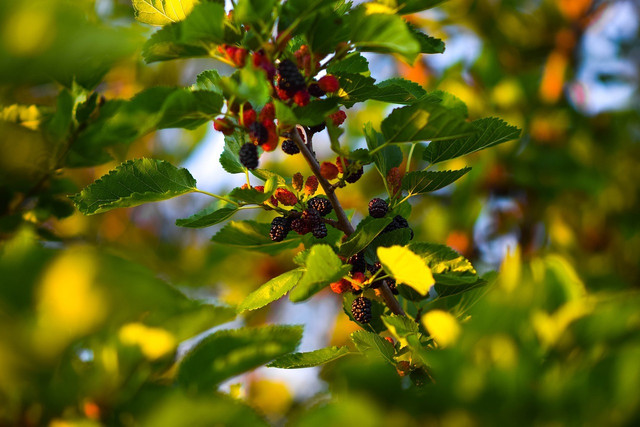


(Foto: CC0 / Pixabay / Dmitry_Bukhantsov)
Common across the eastern states, the red mulberry is known for its abundant blackberry-like fruit. Too delicate to sell commercially, mulberries are often eaten fresh or processed into jams, wines, or desserts. Though a native fruit of North America, red mulberries can be difficult to differentiate from invasive Asiatic white mulberries. Though both species produce purple berries, the red mulberry is typically tangier and tastier.
12. Prickly Pear Cactus
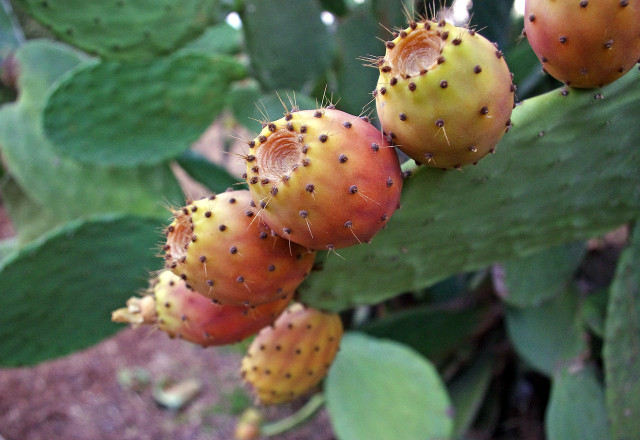


(Foto: CC0 / Pixabay / valtercirillo)
Native to the warm desert regions of the southern states and Mexico, the prickly pear can be found both in the wild, as an ornamental, and as a food crop. The bright fruit has a fresh flavor similar to watermelon, while the green pads (nopales) are also eaten as a vegetable. The fruits are often eaten raw, but can also be juiced or processed to remove the hard (but edible) seeds. Prickly pears should be handled with gloves or even burned with a flame to remove the hair-like spines.
13. Manzanita Berries
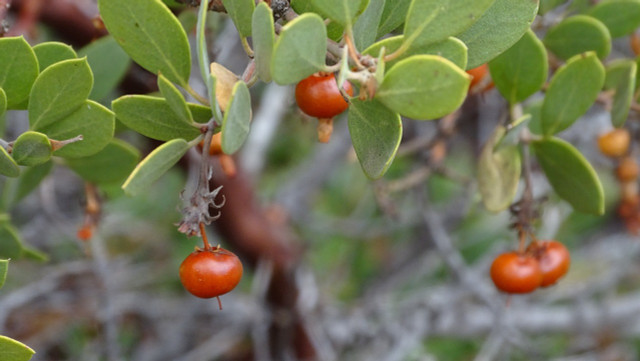


(Foto: CC0 / Pixabay / Kayli_Photography)
Native to the arid areas of western North America, manzanitas are scrubby bushes known for their twisting reddish bark. Edible manzanita berries have a flavor similar to sour apples when green, but become sweeter and drier when ripe. Berries can be used to make teas, ciders, preserves, or ground down into a sweet powder used for cooking.
14. Purple Passionfruit
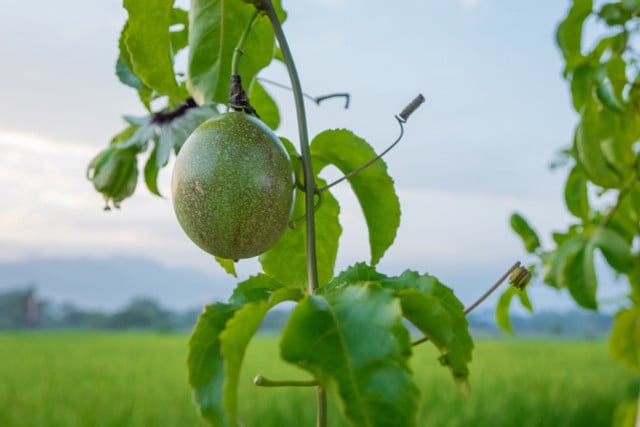


(Foto: CC0 / Pixabay / Pubmanhero)
Surprised to see passionfruit on this list? Though most varieties are tropical, the purple passionfruit (or maypop) is a native fruit of North America, growing primarily in the Southeast. The trailing vines produce attractive flowers and tangy fruit that are often eaten fresh, juiced, or added to cold desserts.
Read More:
- Edible Weeds: 9 Common Weeds You Can Eat
- The Most Effective Fertilizers for Healthy Fruit Trees
- 13 Best Indoor Fruit Trees to Grow in Pots
Do you like this post?






